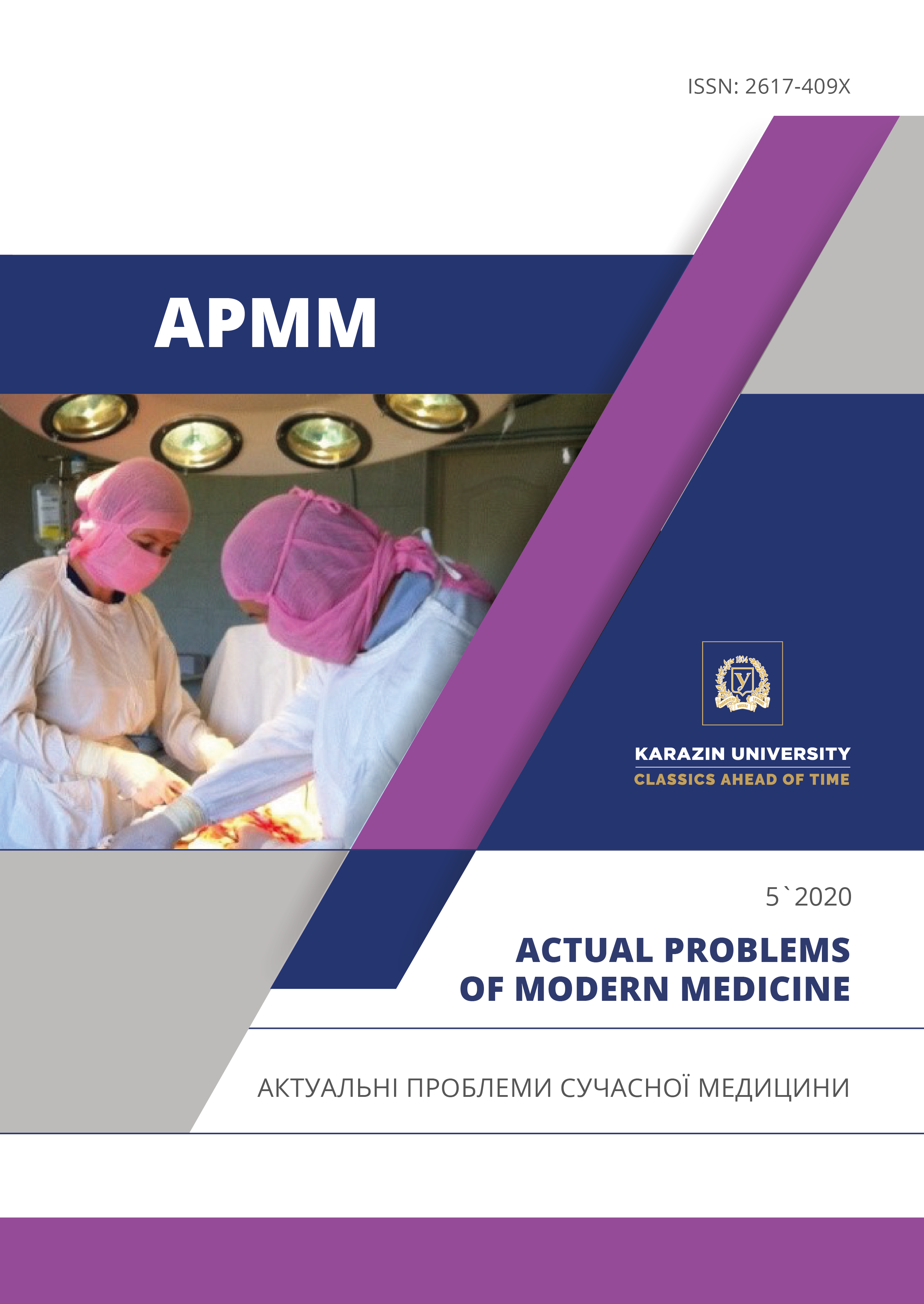Сучасні тренди поведінкових ризиків учнівської молоді
Анотація
Формування здоров’я особистості є результатом складної конвергенції біологічних, поведінкових, соціальних, економічних та екологічних факторів. За даними ВООЗ причини 70 % смертей серед дорослого населення пов’язані із поведінковими чинниками, що формуються у підлітковому віці. Анкетування 1006 дітей старшого шкільного віку з різних регіонів країни показало, що серед сучасних підлітків має місце високий рівень розповсюдженості згубних звичок, зокрема паління й вживання алкогольних напоїв. Мікросоціальні умови, такі як організація навчання і освітнього простору, характер взаємовідносин в родині та із однолітками, в підлітковому віці призводять до формування певного напрямку поведінки. Провідними факторами навчального середовища, що найбільшим чином пов’язані із залученням до шкідливих звичок, виявилися низька успішність та мотивація до навчання, проблеми спілкування із вчителями. Серед родинних чинників більш вагомими є соціальна структура сімей, наявність згубних звичок у батьків, відсутність довірливих відносин із дітьми та низький рівень інформованості батьків щодо потреб і проблем дітей, неорганізований вільний час та відсутність контролю збоку батьків за його проведенням. Оцінка задоволеності основних потреб показала, що дівчата менш за хлопців задоволені власне собою (49,6 % дівчата, 63,1 % хлопці, р<0,01) та станом свого здоровʼя (58,6 % дівчата, 71,6 % хлопці, р<0,01). Найбільш адекватною точкою докладання зусиль в реалізації програм по збереженню і зміцненню здоров'я учнівської молоді є заклади загальної середньої освіти, оскільки саме в них можна з’єднати зусилля вчителів, медичного персоналу, психологів та батьків щодо формування свідомого ставлення молоді до власного здоров’я.
Завантаження
Посилання
Berdnyk, O. V., Zaikovska, V. U. (2009). Environmental aspects of the formation of children's health: assessment, forecasting, management. Health and the environmen, 14, 478-485. [in Russian].
Chupakha, Y. V., Puzhaeva, E. Z., Sokolova, Y. U. (2003). Health-saving technologies in the educational process. Moscow : Public Education. 400 р. [in Russian].
Komkov, A. H., Lubysheva, L. I. (2003). Sociological basis of a healthy lifestyle and physical activity of school children. Physical education, 1, 40-46. [in Russian].
Melnyk, I. V. (2014). Formation of health-saving competence in at-risk adolescents. Scientific Notes of Vinnytsia State Pedagogical University named after M. Kotsyubynsky. Series: Pedagogy and Psychology, 41, 206-209. [in Ukrainian]
Skochko, T. P. (2011). Gender aspects of adolescent health formation. Medical perspectives, XVІ (1), 109-112. [in Ukrainian].
Social Conditionality and Health Indicators of Adolescents and Youth: According to a Sociological Survey of the International Project "Health and Behavioral Orientations of Student Youth" (2019): Monograph edited O. M. Balakirieva. 127 р. [in Ukrainian].
Sydorenko, T. P., Berdnyk, O. V. (2010). Impact of various factors on the health formation process of healthy adolescents. Medical perspectives, XV (4), 106-109. [in Ukrainian].
Petrovska, K. (2015). Socio-psychological factors of risky behavior of student youth. Scientific Bulletin of Melitopol State Pedagogical University, 1 (14), 134-138. [in Ukrainian].
Jonson, S., Millstein, S. (2003). Prevention opportunities in health care settings Amer. psychologist, 58, 475-481.
Marcin, J., Sochocki, I. (2004). Profilaktyka cry promocja zdrowia? Remedium, 7/8, 514-521.




